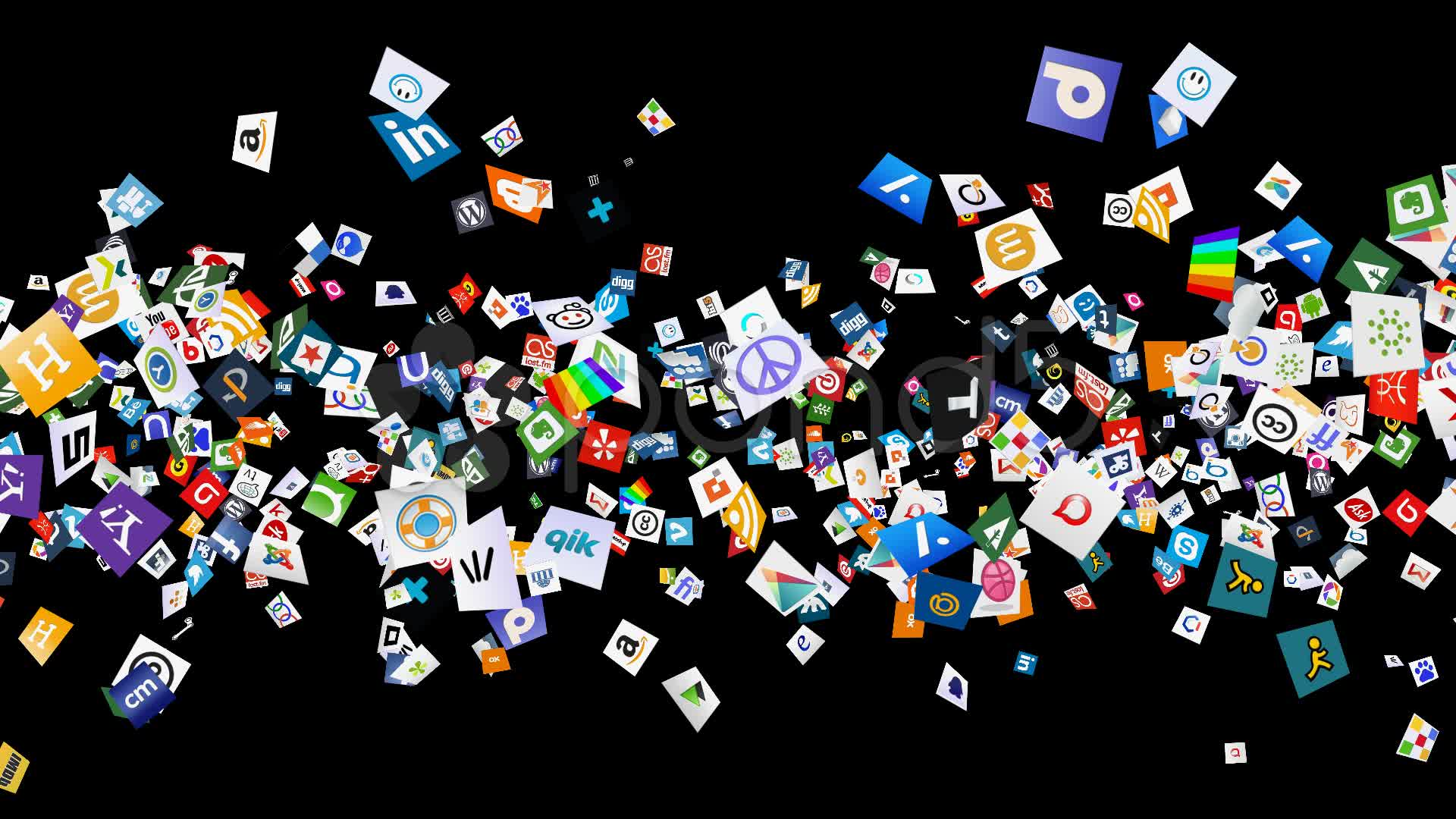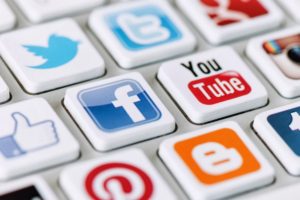Credit To :- CGTN
The Explosion of Social Media in the Mainstream – Anthony Tornambe
Why is social media being used by Mainstream Media?
Watching most news media, listening to a radio station, or other mainstream media these days is very apt to end with encouragement to see the organization’s social media site. While social media has been gaining momentum, especially since the late 90s, the use of mainstream media and social media is relatively new. An explosion of social media use, specifically since the Presidential election has yielded the question “why the explosion of social media in mainstream”?
Propagation without Preparation
For the most part, mainstream media has used the social media platform to broadcast content which would otherwise be unfit to put on the news or the radio. So long as the content has a quirky visual, a democratic or republican stamp on it, or their logo, then it is generally considered factual. Even when the story says that it is “unfolding” (a subtle way of saying that they do not know the complete facts or details), we take it as truth. The more bizarre or gruesome the more it is shared and propagated. Mainstream media knows this (you only have to look at Bing’s news bar to see such), and has used social media as a means to get the word out, even if it is not 100% beneficial or factual.
For the news networks
One of the key areas in which mainstream media and social media have merged is in the news networks. But this integration of social media has not come at a cost. Networks and those who represent the smaller mainstream reporting have been targeted as delivering fake news through Social media. The populating of posts, pictures, tweets, and other propaganda to influence the minds, voting, and perceptions of the public have been scrutinized so much that the GOP has boycotted mainstream media in some instances.
All is not negative with the explosion of social media in the mainstream news. Because of the dependence of the American public upon social media, both local and national news has been able to use platforms as a means of informing the public of emergencies. One can see this with the status updates for the various hurricanes which hit Texas and Florida in 2017. Additionally, social media was used to update parents in the New England area when there was a shooter at a college. On the local level, primary and elementary schools have used social media to notify parents of schools closing due to snow, about delays in buses, and such information.
Mainstream Media Radio and Social Media
When considering the method in which most people interact with media, audio is typically less preferred than visual stimulus. Therefore, radio broadcasts have integrated into the mainstream social media as a way to encourage engagement with their station/brand. Stations have opted to use social media as it (a) allows the station to be streamed via Facebook, YouTube, and other platforms which are used on mobile devices and smartphones, thus increasing their target audience, and (b) by using social media and partnering with sponsors, the radio station increases their revenue allowing them to stay on air. This is especially true for stations which are publicly funded.
The Damage of the Social Media Explosion
Perhaps the biggest negative of the mainstream explosion to social media is accountability and reliability. Where there have been federal investigations into some of the media and the influence of posts and news presented to the people, the fact remains that once the information is out there, it is out there. Yes, there is a higher level of caution used by the more well-known organizations, but this is only a part.
Lower or self-proclaimed reporters and networks which stream content and allow that content to be shared are, generally, not held to the same status as the top mainstream media providers. As such, those individuals are given a sort of carte blanche in what they can report, share, propagate, etc. They have taken this freedom and have turned the mainstream not into a means of reporting factual content, but rather as a platform to share opinions and speculations. As stated, while there is a level of accountability, once the information is out there and spread, there is little to do to contain it.
Where could mainstream media and Social Media end up?
Due to the increase in political and social media use in mainstream media, it is quite possible, and even predictable, to see regulations on how mainstream media and social media can be used. Sure, there are some terms and conditions of use for social media sites (if they are read which most people, honestly do not, you would be surprised as to the stipulations), the use of social media for mainstream purposes will become highly regulated.
It would not surprise me to see legislation regarding how content dubbed “reporting” or “mainstream” is to be formatted, disclosed, and verified. While some would shout that this would be an encroachment on the freedom of speech, one has only to look at the acts of legislation which have restricted the voice of those opposing other sectors of Social media. While social media and mainstream media are not apt to decrease in use, sharing, or content, we may find that sites such as Facebook, Twitter, and Google+ limit who is considered mainstream, what can be posted, and the level of sharing and comments available for such content.
The Origins of Social Media
Where did it all begin?
Today’s culture is saturated with mobile and social media. There are over 3.7 billion live websites in the world, according to internet live stats. But before the internet became the go to for everything, and before Facebook became as common as French fries and baseball, social media was around. It may surprise you how long ago it really all began.
The Beginning Stages
If you really look at the internet and social media, then you will find that the origins began in the 1970s when the BBS, or Bulletin Board System, was used online to communicate with a central system. This system was highly in effective for the most part as you had to connect to the internet, type code, and then download the content. Those who remember (or where born) during the time of the apple and floppy disc understand the tremendous lag in times, the enormous amount of code just to do a simple mundane task, and internet connection speeds were well below the 4G networks we have now.
This is not saying that the original social media board did not have its perks. BBS allowed for downloading games and for posting messages to other users. All brought to you by the telephone modem. And while the name may have changed from BBS and there may be more sophisticated forms of the system, as social media has evolved. It still remains a presence online.
The downfall of the BBS is that it mainly caters, now, to the downloading of pirated material or (at the least) copyright infringement. Consider Pirate Bay, Kazza, Napster (who could forget that one), and Music City Morpheus.
Enter Six Degrees
In 1997 Six degrees became the first official social media site. The platform was the first to organize the content of the internet, such as chat, profiles, bulliten boards, etc. into one location. Anthony Tornambe – The platform did not create anything new, but made it a portal to connect it all together. AOL, Yahoo, and MSN already had chatrooms and profiles established by 1997, however it was Six degrees which propelled these features forward.
Six Degrees allowed for users to create their own profiles, invite friends, make posts, and many of the primary functions that you find in social media today. What caused the downfall of the site was the pushy encouragement to gain more members. We call it SPAM messaging today. Apparently, even in 1997 no one liked to be bombarded with marketing content.
Myspace
In terms of the modern day social media, MySpace is the first platform to really gain momentum. This was done in 2003. The quick rise and fall of the company was the birth child of Facebook. Granted, there were other social media sites which came during that time. Linked in began the same year and still runs strong. Friendster started in 2002 on the premise that you could connect with a circle of friends. The social media site grew to an impressive three million users within a year. Had it not been for the continuous failure of the servers, it may have continued to as a social media site. But all is not lost for the shareholders of the company. Freindster still functions as an online gaming site.
Myspace, when it launched in 2003 gave the social media world something which it had not experienced before, an avenue to express themselves. The social media site allowed for music, videos, and posts to be listed on the site. Where the site failed is that it did not transition and build upon the popularity. It remained oriented, and still remains so, to the musician. Additionally, the archaic layout of the site leaves much to be desired.
And finally, Facebook
Facebook is rather new. Though it leads in global popularity, the site did not go live until 2004. And though the 13 years have been good to the site, marketing and other limitations and invasions on privacy have caused a bit of a slag in new users. Add to this Google+ and other platforms such as Twitter, Pinterest, and Instagram which cater to the desires of selected Social Media users, and the site may have a run for its money in the next few years. But only if other competitors can stay in the mainstream of catering to the mobile media.
One of the reasons why Facebook has remained strong in social media is because it has had the insight to transition as trends transition. In simple terms, it knows the market. Whether this will keep the Mongol of social media afloat for another decade is yet to be seen. What is known is that upon reading this article, you can like, post, or share it to Facebook, almost instantaneously. BBS would be so jealous.






